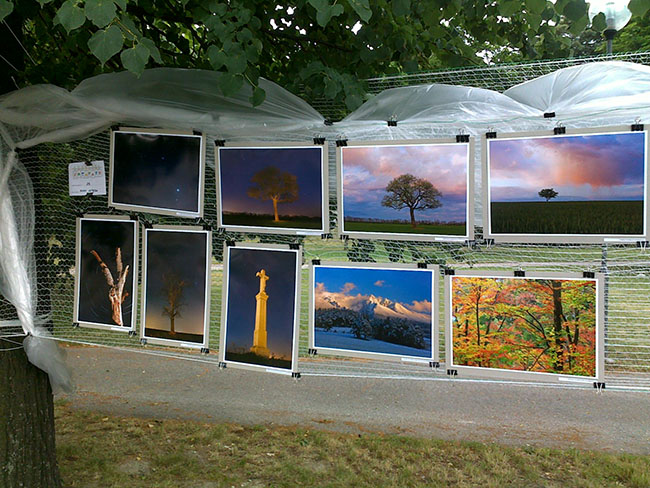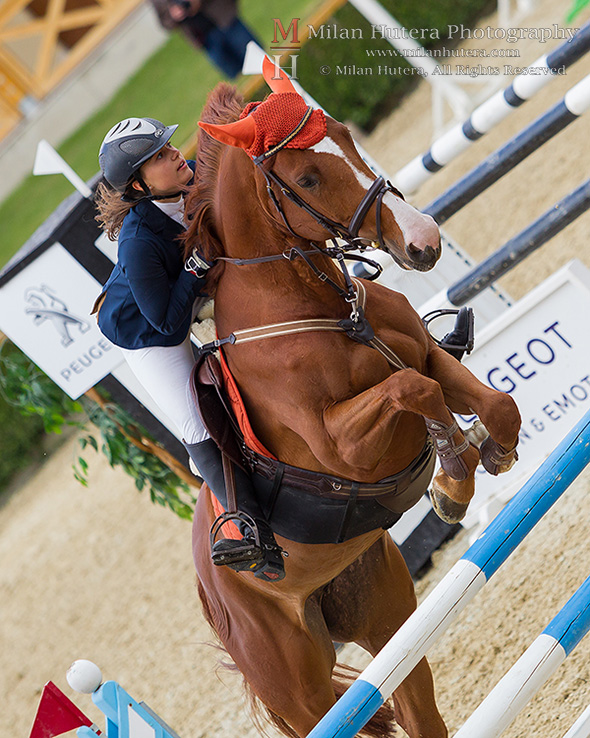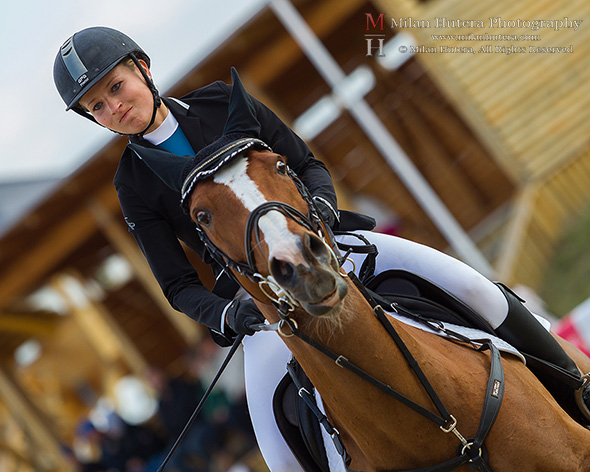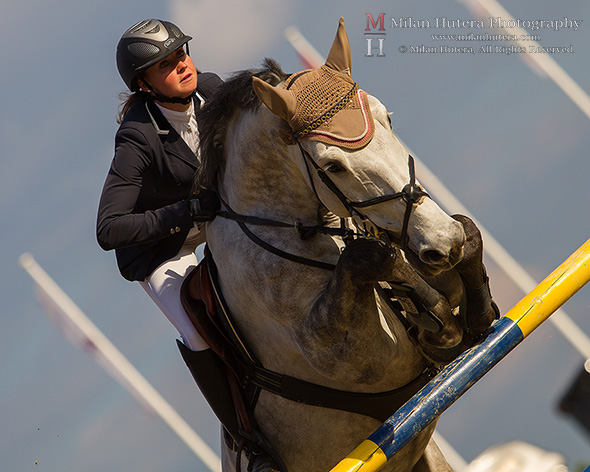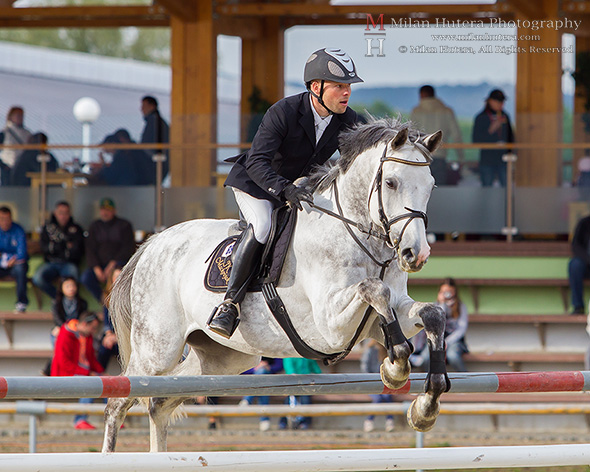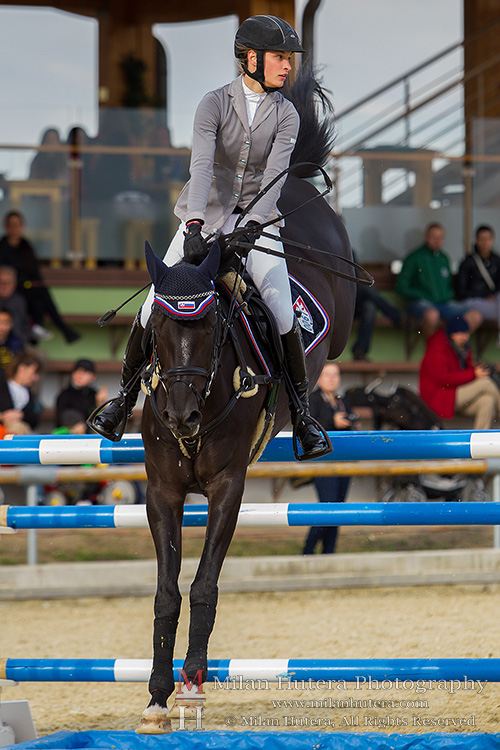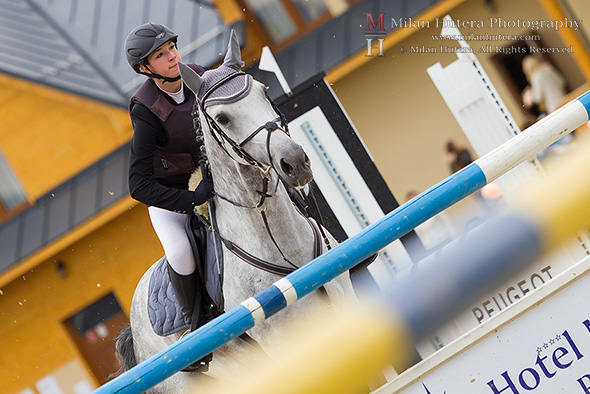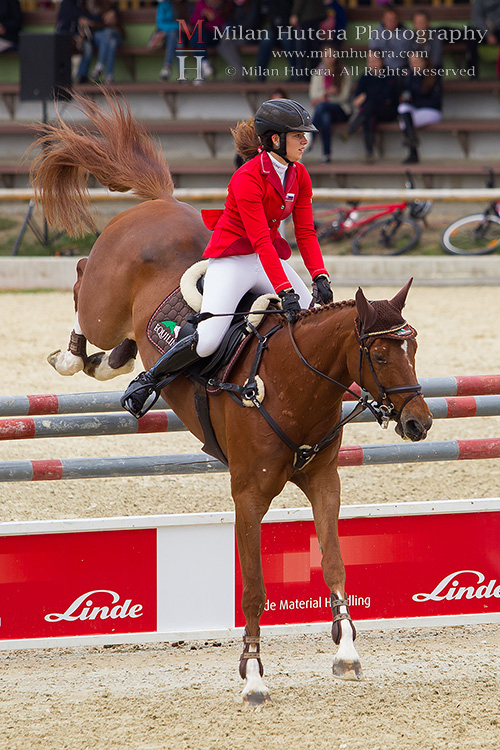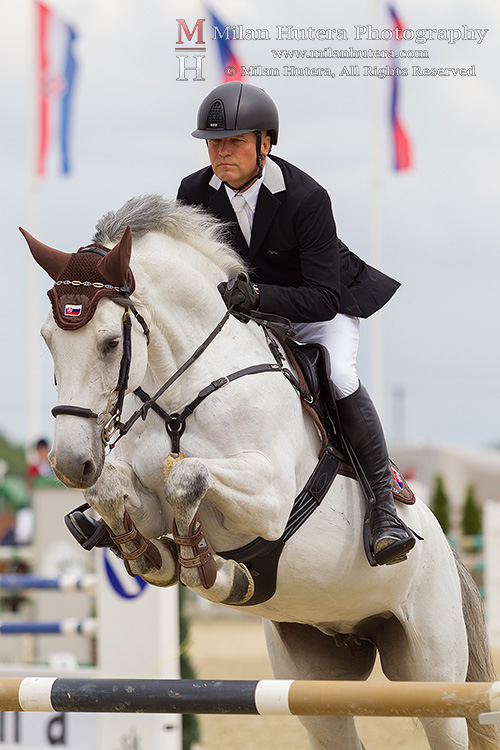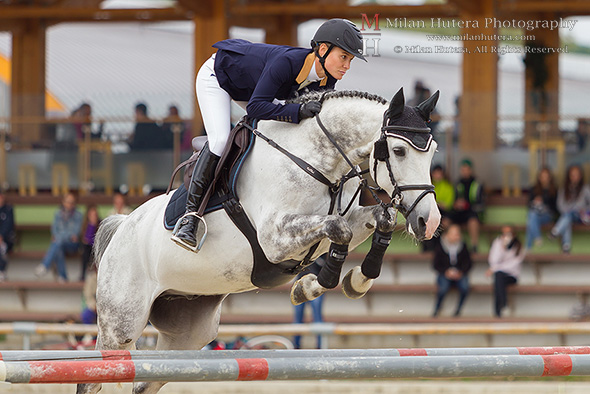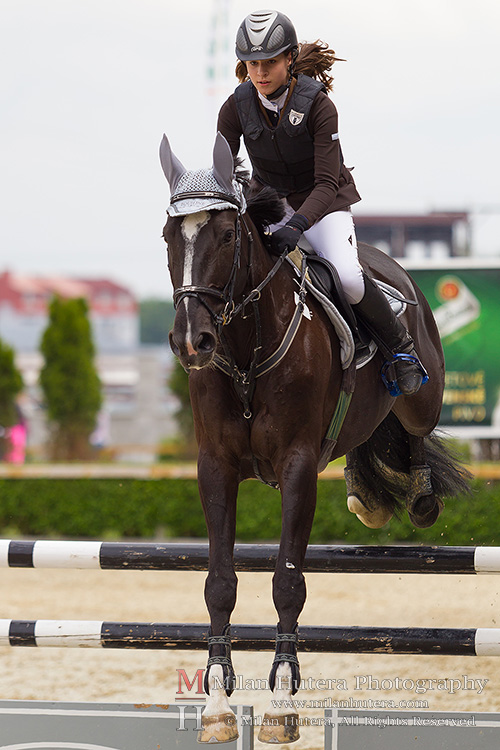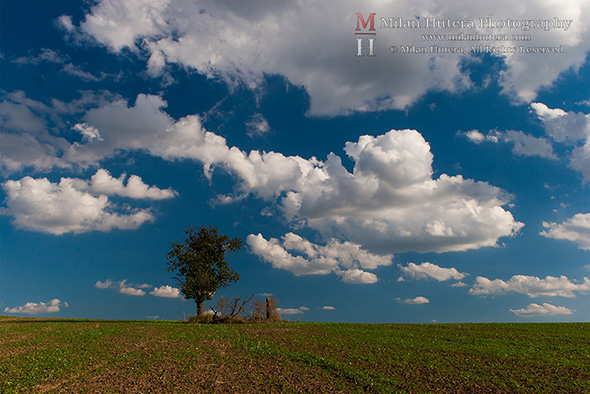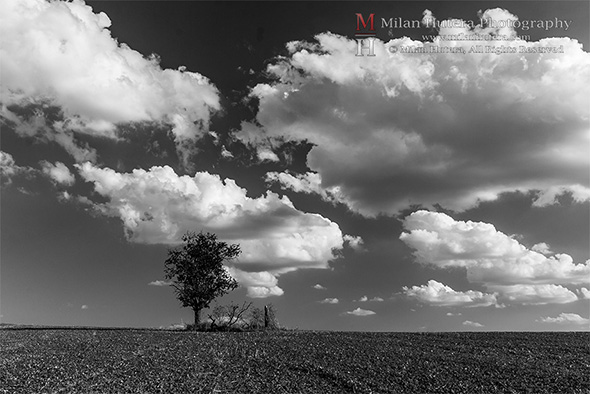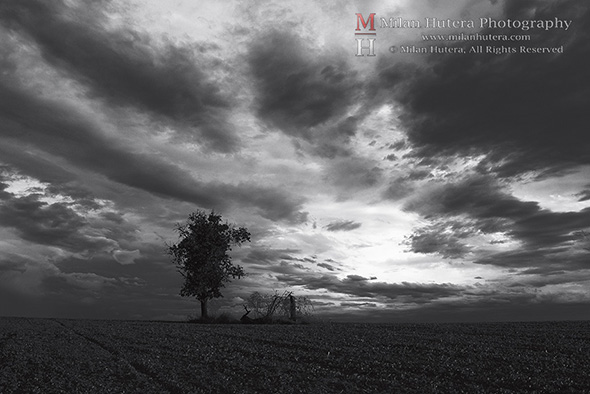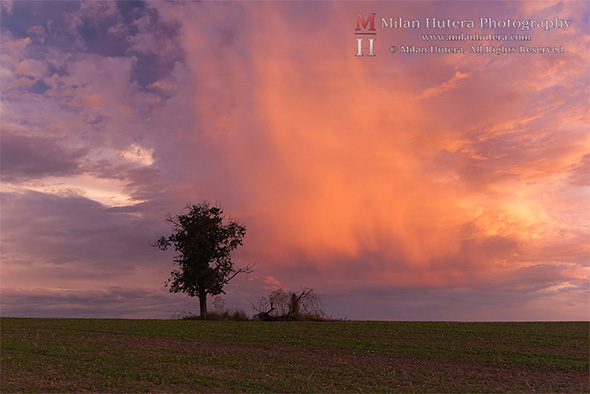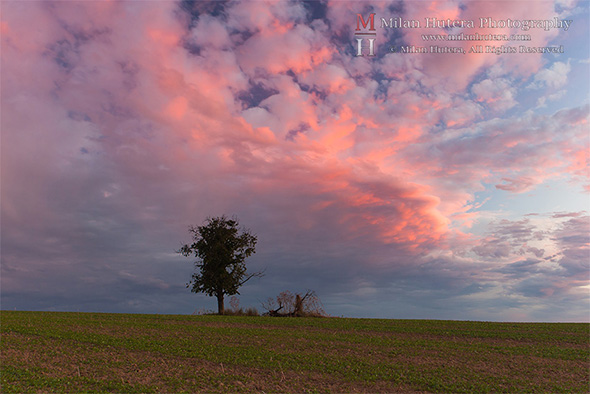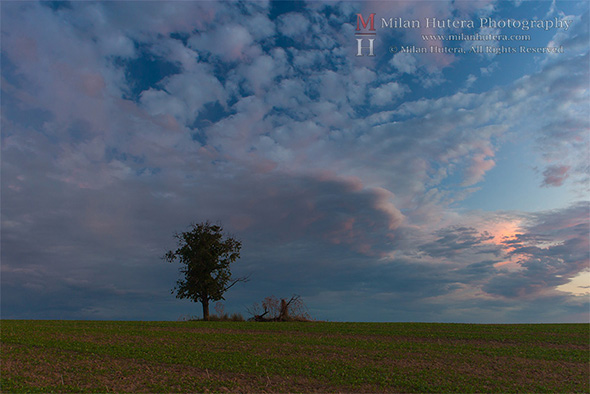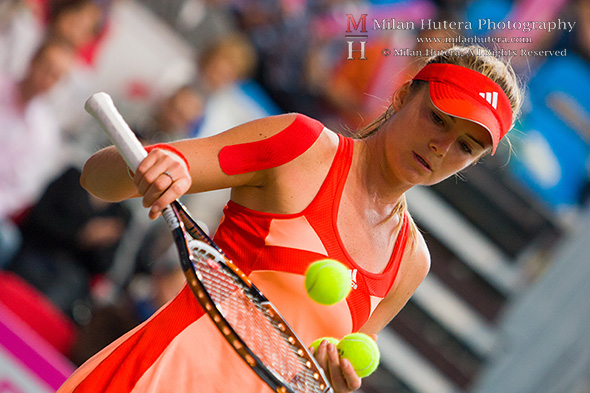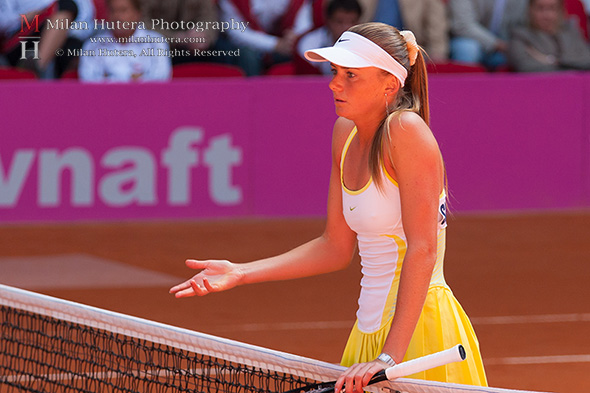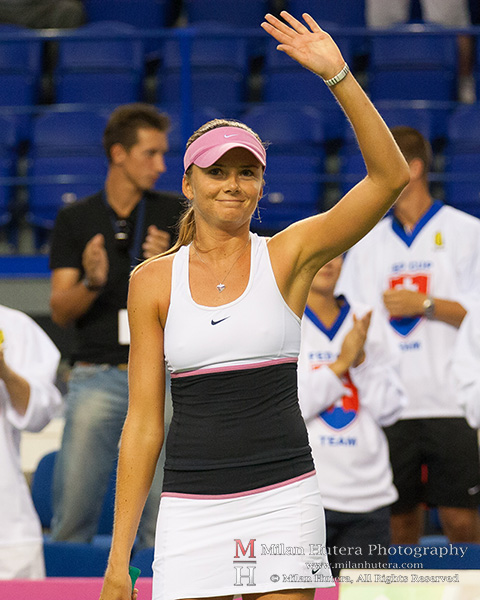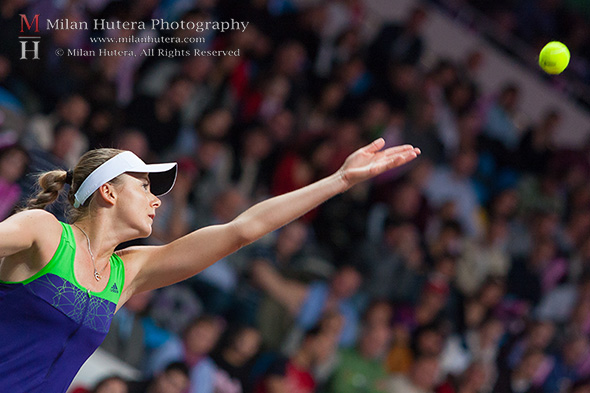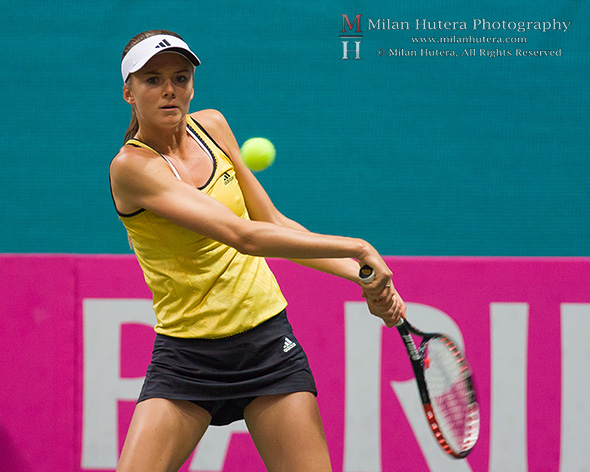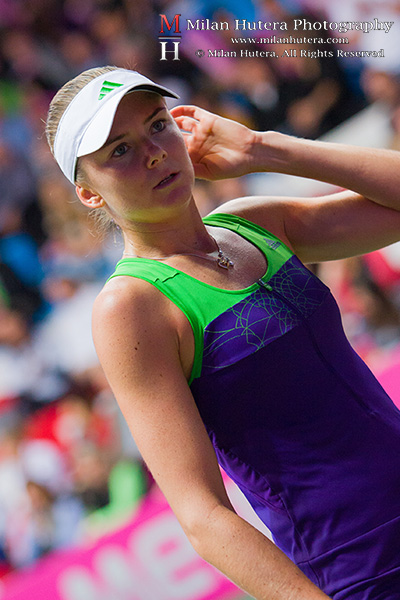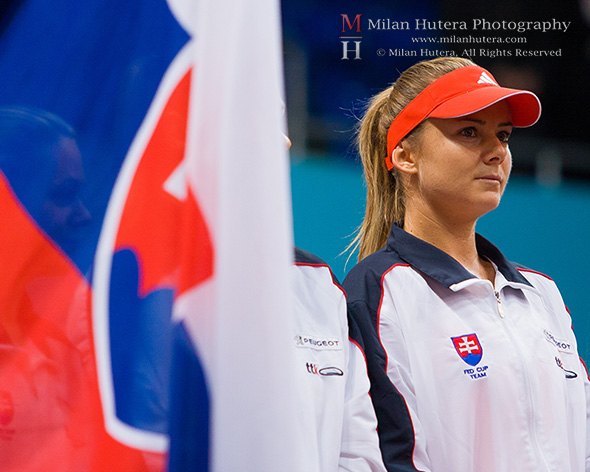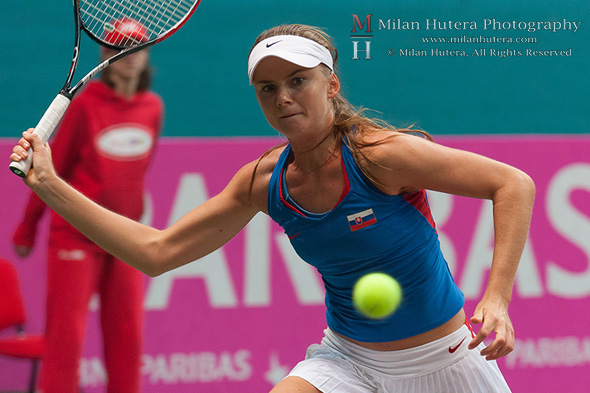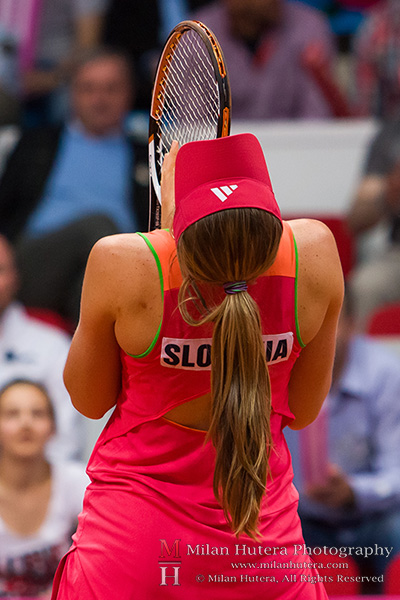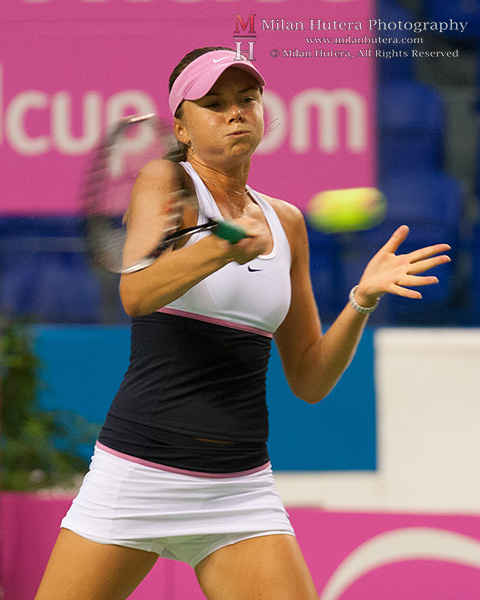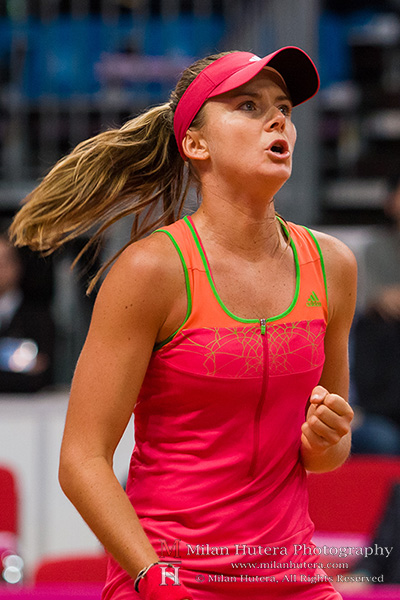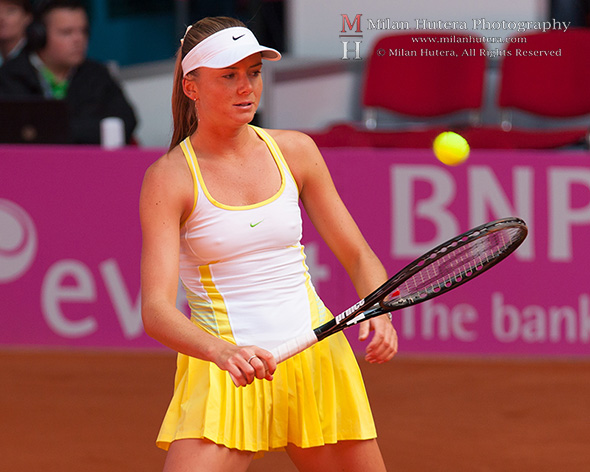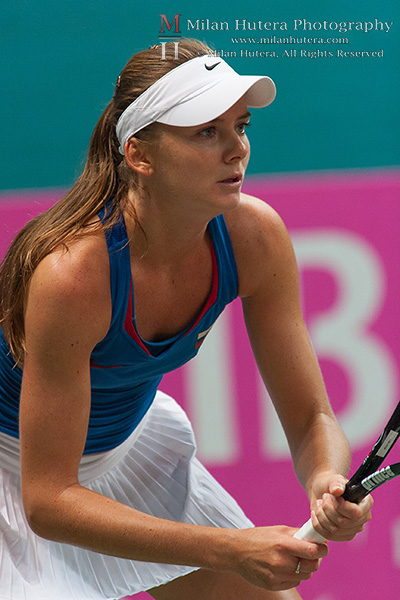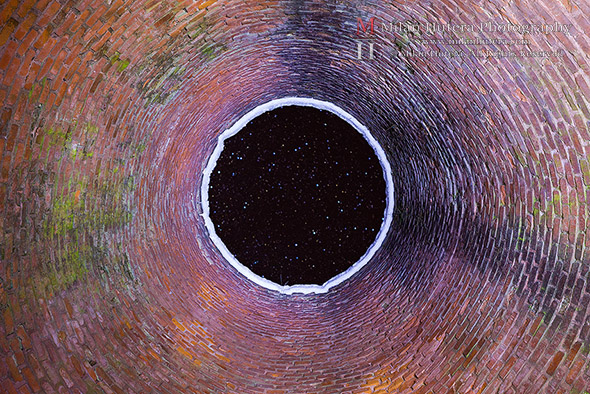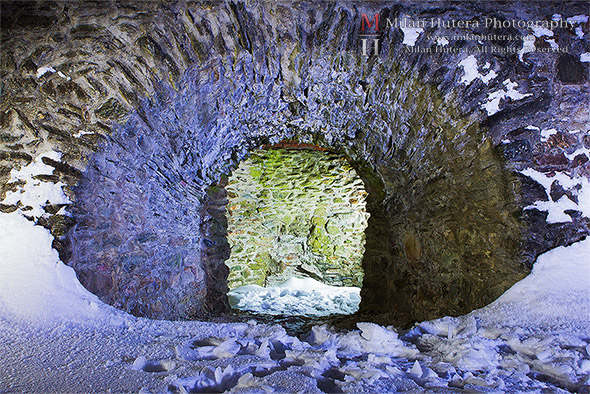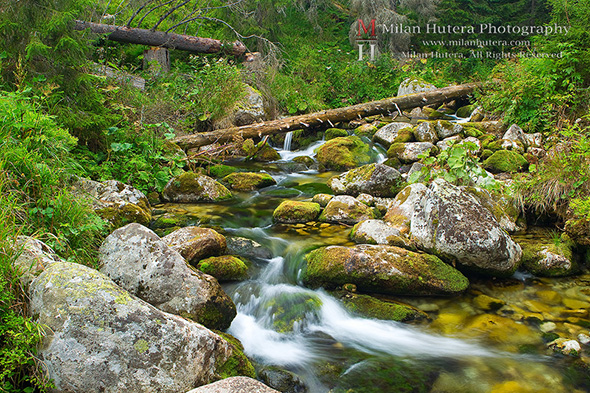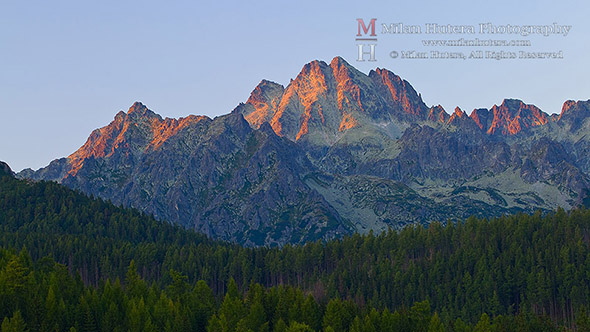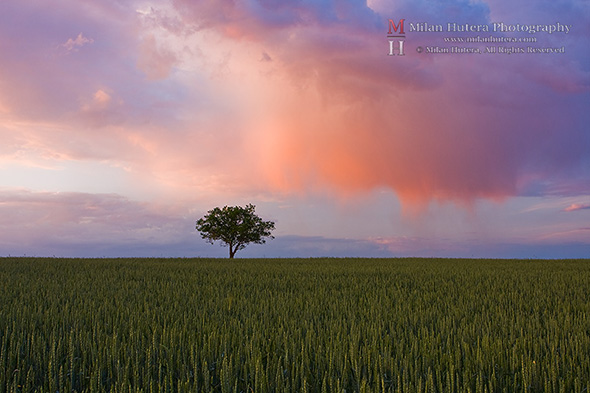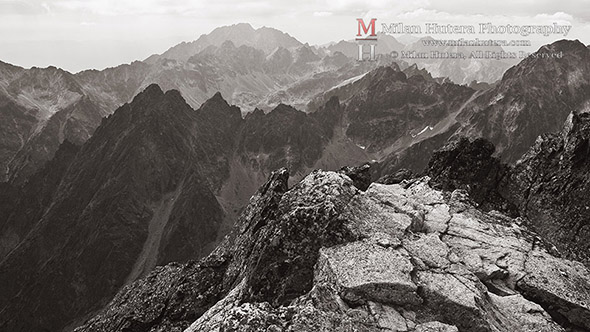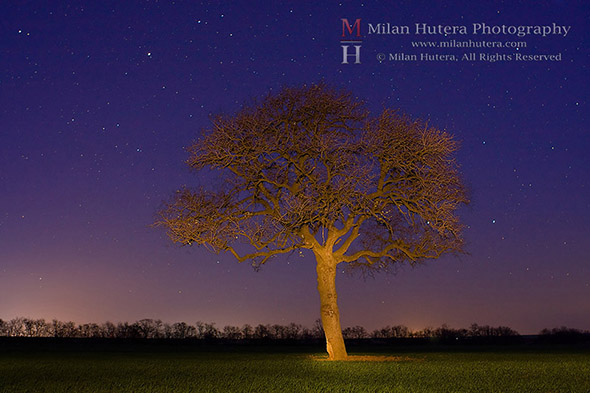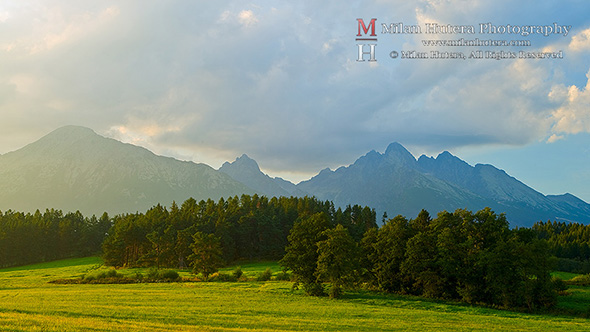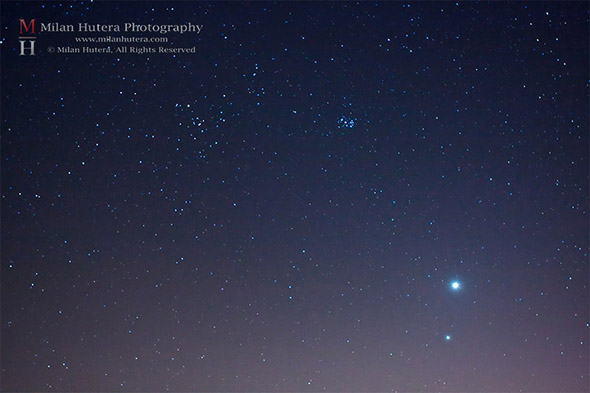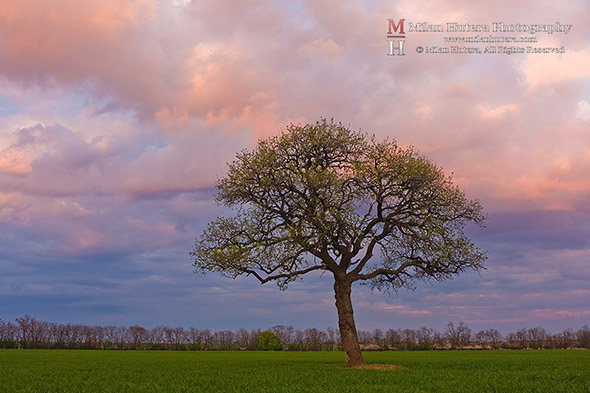Last saturday (23rd june) I attended the 6th annual public exhibition “Fotopark”, held in Bratislava, Slovakia. It was also the 6th time I displayed my work. The name basically says it all – its an exhibition held in park and anyone can show up, register and display their work. The exhibition is a success every year. Despite the pre-vacation date, a lot of photographers show up with their work. I believe the second edition had over 100 collections on display. In order to make things attractive, there are several prizes for the attendees – the prize awarded by grand jury, several prizes awarded by sponsors of the event and of course the prize awarded for the most public votes. The vote is cast by awarding the official red laundry pin to the selected photo. Everybody wants to win of course, but for me, the purpose of the day is to show my work, meet with people I made an effort to invite and of course talk to random people that stop and look at my photos. My report from this eventful day consists of several parts:
I came
The exhibition was held on the same place like every year. The waterfront next to a beautiful park always provides a nice setting. However, the weather wasn’t very co-operative and we had a sky full of heavy rain clouds that would love to destroy every print on display. The weather forecast was not good, which is probably the reason many photographers didn’t show up. In fact I believe this edition had the least amount of exhibiting photographers. Still, plenty of photographs were hung on the nets between the trees. The weather changed to sunny in the afternoon, so the prints weren’t destroyed like in 2009 when it rained all day. I chose to exhibit the following photographs:
Resting Under Stars
First Stars
Hovering
Blooming Tree, Stormy Evening
The Sage
Celestial Meeting
Southern Sky
First Light, First Snow
Heart of Fall
My portfolio was made of two parts – the “normal” part consisted of four landscapes captured during the day or golden hour and the “twilight” part that showed some night time landscapes. “We’d like to see more of these night time photos”, said the grand jury last year, so I provided 5 this year.
I saw
Despite the smaller turnout, I saw plenty of photographs from every possible genre. The bittersweet part was the amount of people displaying landscape photographs. There were only few of us, which probably underscores the bitter truth about landscape photography in Slovakia – that it’s probably a thing for “the little people”. The lanscapes were appreciated by the public, they asked me quite a lot of questions, we talked about places, techniques, the light. But most people involved in photography show little or no appreciation for the countless hours spent in the mud, freezing cold or walking several kilometers to capture something in various lighting conditions. I hope this will change one day because our small country in the heart of Europe offers many beautiful and extraordinary places that were unfortunately affected by the hand of man and in several years or decades, photos of these places will be all that’s left.
The hidden part – I heard
The grand jury made their comments. The night photographs were appreciated, because “not a lot of people do these”. I just smiled and thought to myself they should probably check the internet because there are a lot of great night-time photographer and my humble efforts simply does not match their excellent work. The day shots were commented as “pretty ordinary” The Heart of Fall, which had the most voting pins was commented as something “colorful for the people”. I agree, the fall colors are nice to look at and that was precisely the point why I made that photo. But I feel the color itself can very well be a subject of landscape photos and the vivid colors provided by the season is something people and photographers can and will appreciate. The last comment I got was “the landcape photographer has to pick his light”. This was aimed at some of my photos that had “less that wild light”. Time was a factor and the jury had to judge other collections as well, so I didn’t have the time to react. I believe the light can be as different as people’s personalities. Most people appreciate the fiery, wild sunsets (I’m of course one of them) but some might prefer a simpler, less colorful light. I try to capture as many forms of light as possible. This time, the colors were more subtle, but landscape photography is a life-time committment and sometimes, “the perfect light” just wasn’t provided. I’ll do my best to capture it next time though.
I left
One of the joys of the exhibition is to meet friends and other invited people and show them my prints officially. Of course this is also good for the voting part, since the more invited guests, the more votes for your work. Every year some of my friends and other show up, but I still get a lot of votes from total strangers. This year only my two friends and parents showed up. During the day, an unexpected oportunity appeared to present my work to someone I really wanted to see and who wasn’t able to attend the exhibition. The inner voice immediately made the decision. After the voting pins were collected, I packed my photos and left for a short visit and a private display of my photographic efforts. The grand jury was still commenting, but since I believed my chances were the same as every other year (that means slim or non-existent), I gladly left sooner to do something that meant a great deal to me.
I won
In the middle of short, private presentation, my phone rang. My friend, who was also displaying her very nice horse photos, called – my photos had the most public votes and that I’d won. I was a bit shocked, since it was the first time my photos won something. It was the nice ending of what turned out to be a nice day afterall.
A photo of my setup:
